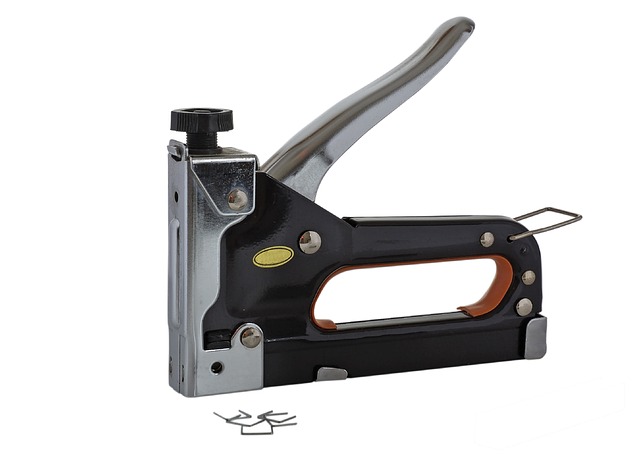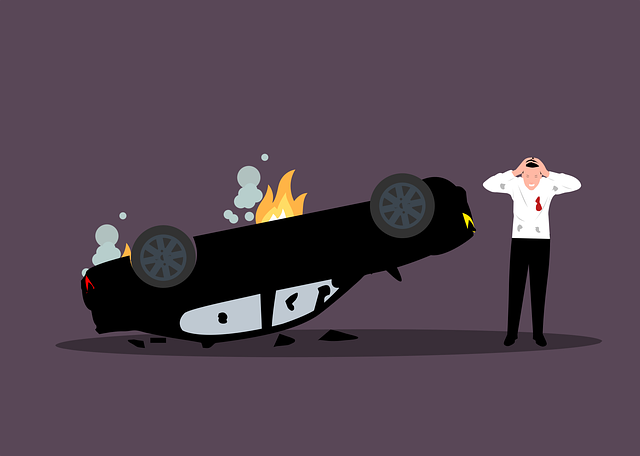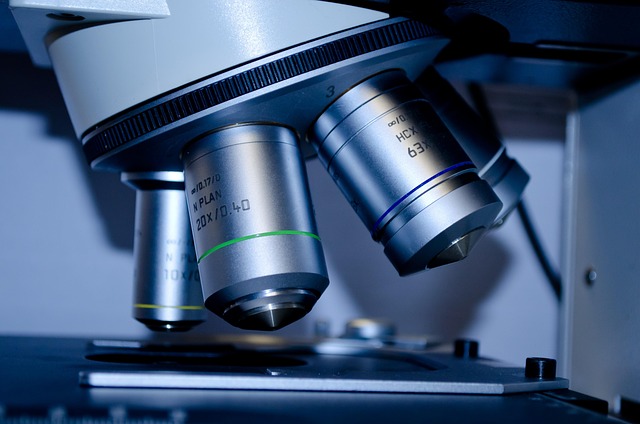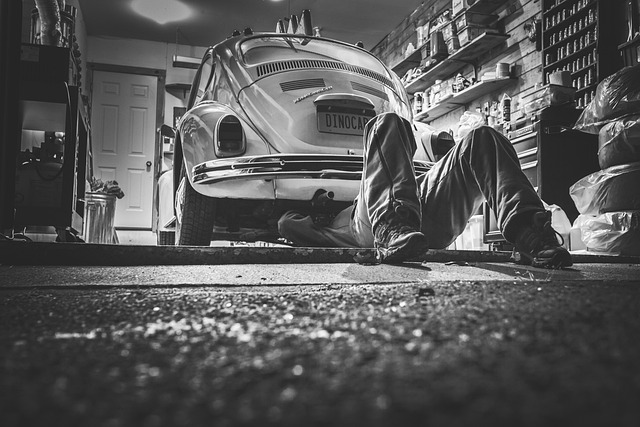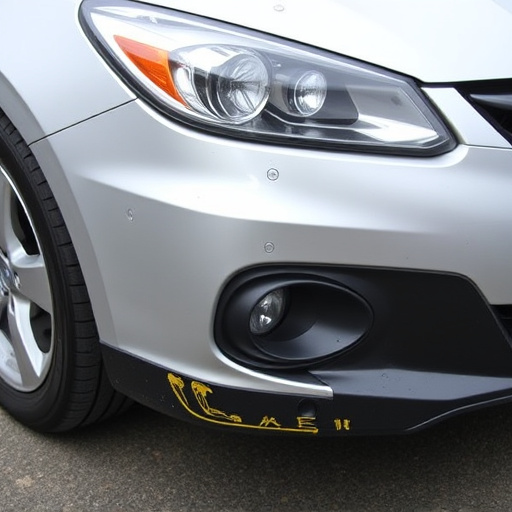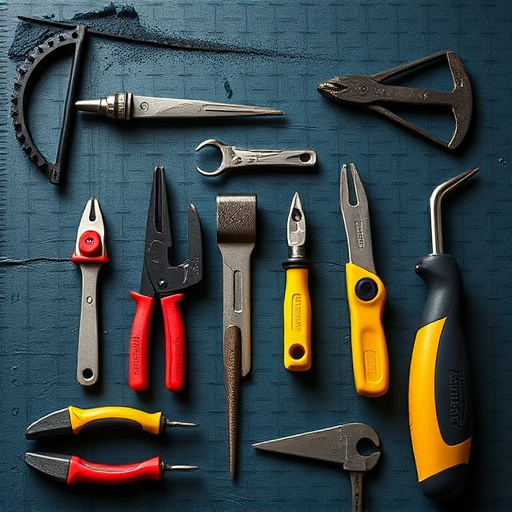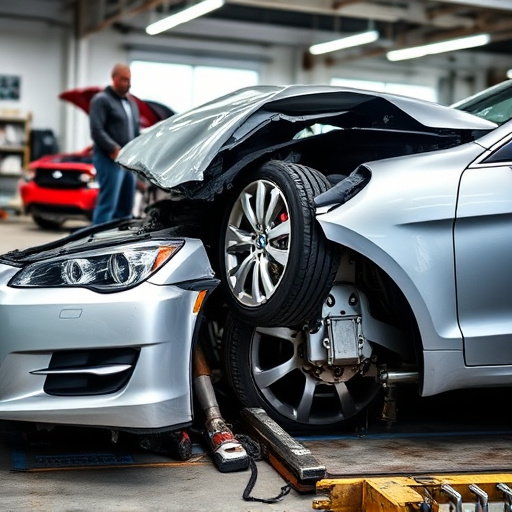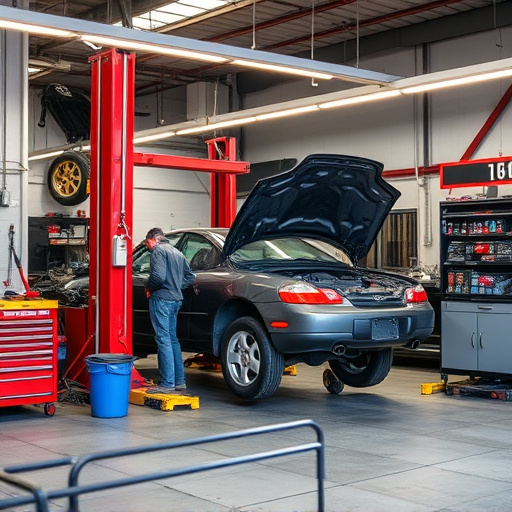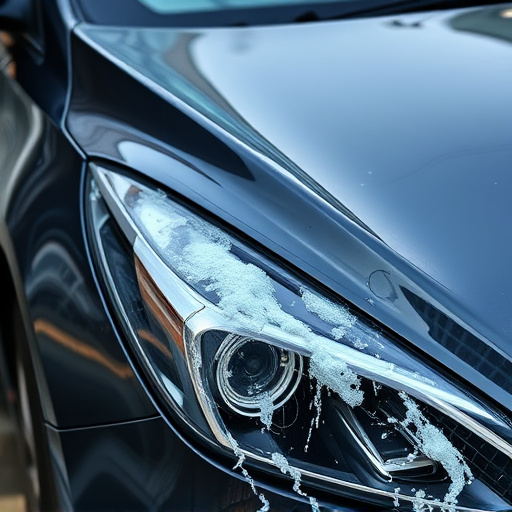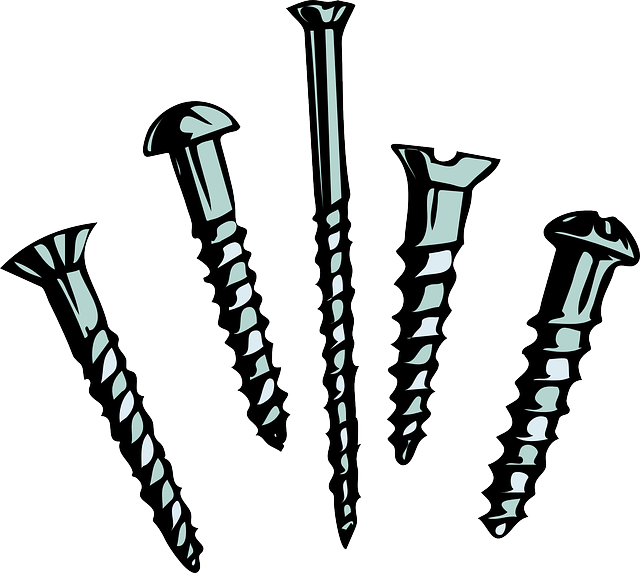The repair approval process ensures car bodywork meets high standards, maintaining safety and vehicle value. Owners initiate it by filing insurance claims, leading to adjuster inspections, approvals, estimates, and certified shop repairs. This collaborative process involves auto specialists, insurers, and bodyshops adhering to industry standards, regulatory guidelines, and meticulous assessments for structural integrity and aesthetic precision.
In the realm of construction and real estate, understanding the intricate repair approval process is paramount for successful frame and structural repairs. This comprehensive guide delves into the critical steps and considerations involved in gaining approvals, highlighting key players and emphasizing quality control measures. By navigating this process effectively, project stakeholders ensure compliance, enhance safety, and foster a robust foundation for lasting structural integrity.
- Understanding the Repair Approval Process
- Key Players in Frame and Structural Repairs
- Ensuring Quality and Compliance During Approval
Understanding the Repair Approval Process

The repair approval process is a crucial step in ensuring that car bodywork and structural repairs are carried out to a high standard. It involves several key players, including insurance providers, certified mechanics, and vehicle owners. Understanding this process is essential for everyone involved, from the moment a collision or damage occurs until the restoration of the vehicle to its pre-accident condition. This meticulous procedure guarantees that only authorized and qualified repairs are performed, maintaining safety standards and preserving the car’s value.
The initial step typically begins when a vehicle owner files an insurance claim for collision damage repair. The insurance provider then assesses the extent of the car damage repair needed, often dispatching a trained adjuster to inspect the vehicle. Based on this assessment, the insurer either approves or denies the repair, providing a detailed estimate and approval letter. This approval process not only safeguards the owner’s financial interests but also ensures that any repairs conducted align with industry standards and guidelines for car damage repair.
Key Players in Frame and Structural Repairs
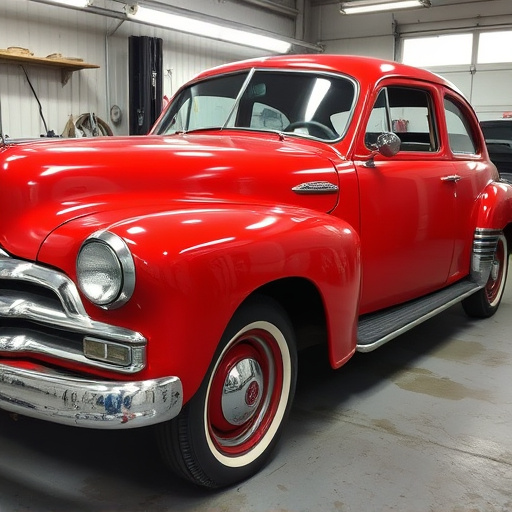
In the intricate world of frame and structural repairs, several key players collaborate to ensure a seamless repair approval process. This includes automotive repair specialists, who possess the technical expertise to assess damage and recommend suitable restoration methods. Insurance companies play a pivotal role by evaluating claims, authorizing repairs, and facilitating financial compensation for car restoration. Additionally, certified auto body shops act as trusted intermediaries, implementing approved repair plans with precision and adherence to industry standards.
The repair approval process involves these entities working in harmony. An owner initiates the process by seeking an estimate from a reputable automotive repair service provider. The specialist conducts a thorough inspection, documenting the extent of damage. This information is then submitted to the insurance company for review. Upon approval, the vehicle is directed to a certified shop for skilled execution of the restoration, ensuring the car returns to its pre-incident condition while maintaining safety and structural integrity in every step of the repair approval process.
Ensuring Quality and Compliance During Approval
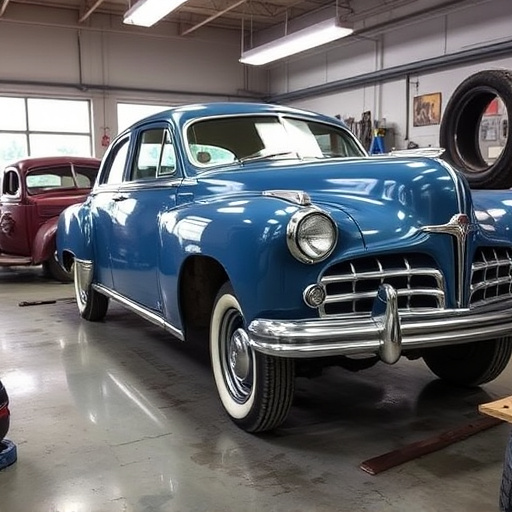
Ensuring quality and compliance during the repair approval process is paramount to guarantee that auto body services accurately reflect the required structural integrity and aesthetic precision. This involves meticulous review of proposed repairs, especially for car body repair or vehicle body repair, against industry standards and manufacturer specifications. Each step must adhere to regulatory guidelines to avoid compromising safety or resale value.
Inspectors or designated professionals should thoroughly assess the scope of work, materials used in auto body services, and techniques employed during frame and structural repairs. This includes verifying proper alignment, paint quality, and replacement parts’ authenticity. Such meticulous attention ensures not only the longevity of vehicles but also maintains a standard of excellence in the overall repair approval process.
The repair approval process is a vital step in ensuring that frame and structural repairs are carried out safely and to high standards. By understanding the key players involved, adhering to quality control measures, and navigating the process effectively, builders, contractors, and property owners can guarantee that their repair work complies with regulations while delivering robust and reliable results. This meticulous approach to approval is a game-changer in fostering trust and ensuring the longevity of built structures.
